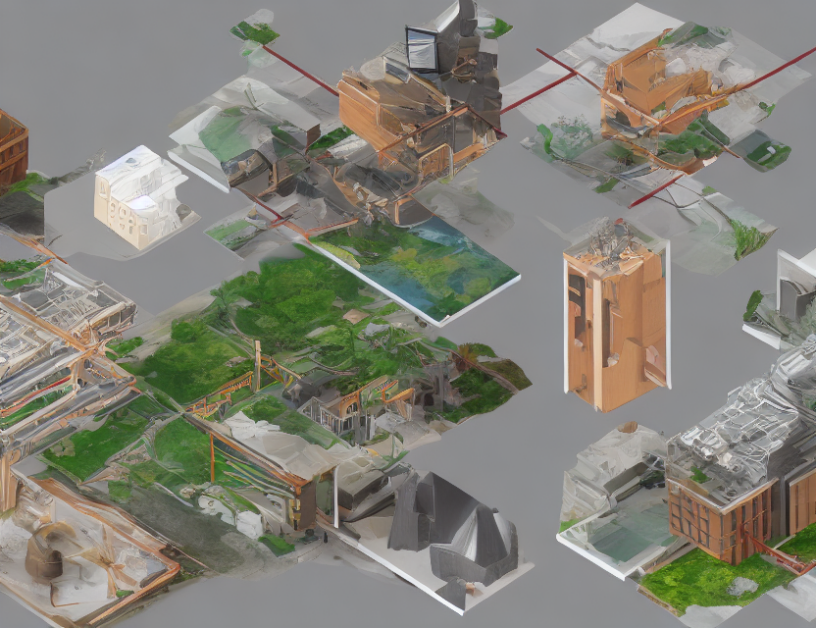In this article, the authors aim to address the issue of bias in text-to-image synthesis models, which can generate offensive or inappropriate images when given certain prompts. They propose a novel approach called style transfer, which modifies the image generated by the model to reduce its similarity to the original image. This technique allows for more accurate and diverse images to be produced without introducing bias.
The authors begin by explaining that text-to-image models are trained on large datasets of images and text captions, but these datasets can contain biases and stereotypes. For example, if a model is trained on an image dataset that contains mostly white faces, it may have difficulty generating images of people with different skin tones. To address this issue, the authors propose using style transfer to modify the generated image so that it is less similar to the original image.
To understand how style transfer works, imagine you have a blank canvas and a picture of a sunset. If you paint the picture exactly as it is, you will get an image that looks very similar to the original. But if you use the painting as a starting point and make changes to the colors and shapes, you can create a new image that is different from the original but still looks like a sunset. This is similar to how style transfer works in text-to-image synthesis, where the generated image is modified to reduce its similarity to the original image.
The authors then explain that their approach uses two neural networks: an image generator and a style transfer network. The image generator takes the prompt (text description) and generates an image based on it, while the style transfer network modifies the generated image to make it less similar to the original image. This allows for more diverse and accurate images to be produced without introducing bias.
The authors then provide examples of how their approach can be used to generate images that are not biased towards any particular group of people. For instance, they show how a model trained on a dataset with mostly white faces can be used to generate images of people with different skin tones by applying style transfer. They also demonstrate how the approach can be used to generate more diverse images of objects and scenes.
In conclusion, the authors propose a novel approach called style transfer to address the issue of bias in text-to-image synthesis models. By modifying the generated image so that it is less similar to the original image, they are able to produce more accurate and diverse images without introducing bias. This has important implications for applications such as computer vision, where it is important to generate images that are representative of all groups of people.
Computer Science, Computer Vision and Pattern Recognition
Object Filtering and Backdoor Induction in Text-to-Image Synthesis



